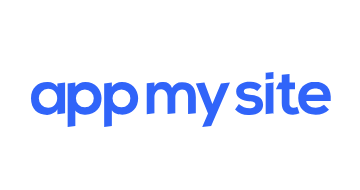
| Starting price | US$ 9 |
|---|---|
| Pricing model | Pay Per App |
| Free Trial | Yes |
| Free Version | No |
Effortlessly create custom applications with best-in-class solutions. Drive innovation and streamline development.
Discover the best value application builde software on SaasGenius.
Below are some of the best application builder software types you can get your hands on! Which you choose depends on the needs of your business, but we've singled out some of the best.

| Starting price | US$ 9 |
|---|---|
| Pricing model | Pay Per App |
| Free Trial | Yes |
| Free Version | No |
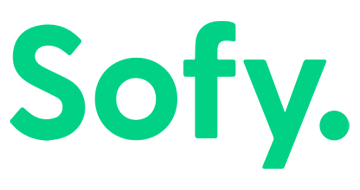
| Starting Price | Contact for price |
|---|---|
| Pricing Model | Subscriber based |
| Free Trial | Yes |
| Free Version | No |
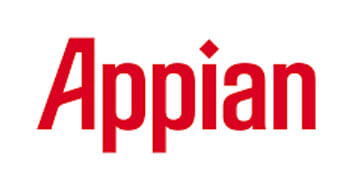
| Starting price | Quote only |
|---|---|
| Pricing model | Quotation based |
| Free Trial | 14-day |
| Free Version | Yes |
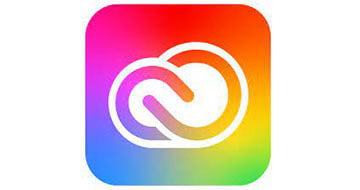
| Starting price | $52.99/mo |
|---|---|
| Pricing model | Per User |
| Free Trial | 30-day |
| Free Version | No |
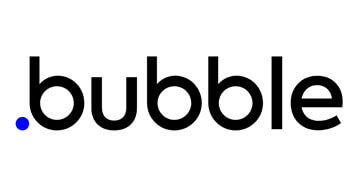
| Starting price | $29/mo |
|---|---|
| Pricing model | Per application |
| Free Trial | No |
| Free Version | Yes |
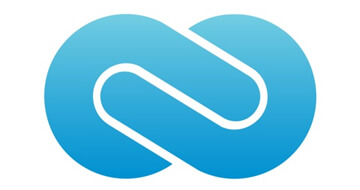
| Starting price | $1000/mo |
|---|---|
| Pricing model | Per User (storage space) |
| Free Trial | 14-day |
| Free Version | No |
Application Builder Software (or AB) lets users create their programs without the need for programming or coding skills. You can then use these applications on virtually any computer and operating system. The software has been designed to be used by individuals with little or no programming knowledge, making it incredibly easy to use and set up.
You can use the software to create various applications, such as simple games and utilities or complex business applications. The applications can also be used without a fee as part of a business that offers applications that are professionally developed and maintained.
An application builder software includes tools to help you create web and desktop applications. This type of program will allow you to drag and drop prefabricated code snippets or blocks of code into the project you’re building to develop a functional website or software solution for your company or customers quickly and easily.
Application Builder Software (or AB) is a software development tool you can use to create applications. You can run programs created with the application on any computer with Microsoft Windows as its Operating System (OS). As well as being able to run Windows programs, users can embed AB applications into web pages, giving them an interactive feel.
We can create AB applications to do just about anything that a computer program can do. AB makes it easy to create generic applications like time-keeping (or ‘clock’ applications) or financial calculators. Still, it has also been used to create complex business solutions, mobile phone software, and even games.
The software itself is a platform that makes it possible for people with absolutely no programming knowledge to make their programs. The platform includes the tools necessary to let users create their own Windows programs and embed them into web pages or other programs. One can do this without the need for coding expertise or training in any particular language.
We use a comprehensive rating methodology to rate application builder software. Our ratings consider factors such as ease of use, flexibility, scalability, customer support, and overall user satisfaction. We use a custom rating system called Genius Score, which ranges from 0 to 100, with 100 being the highest rating. The Genius Score is determined by a combination of external ratings and our internal testing.
Application builder software consists of many features depending upon which software you choose. Some offer paid features, while some have various free features that allow you to work efficiently.
Therefore, for your ease, we have listed below the main features that every software must have:
The benefits of using this type of software are many and will vary according to the nature of your business. However, we’ve singled out a few of the most important ones, which apply to companies across the board.
The application is effortless to use as there is no need for prior programming knowledge. This means that even individuals without any programming knowledge can use the software to create their unique applications.
All coding is handled by the software itself, meaning that non-programmers can also make numerous updates and changes. It also makes it easy for users to add features and customize the program further than they could with other languages.
The software comes with several built-in functions, including the ability to create a database. This means that you do not need to spend time writing the code to add data storage and retrieval capabilities to your application.
You can easily change how your application looks or modify its behavior. This is because you are using a visual interface that allows you to create a new layout or modify one of the existing ones.
Rather than spending hours manually creating your application from scratch, with application builder software, you can design an application that would have taken much longer in under an hour.
Using application builder software means that you will have to spend fewer hours writing the code for your application, which means it is far more likely that you will be able to meet the planned deadlines. In addition, you’ll be able to work out much cheaper than hiring a developer.
It’s one thing to read a review, but how do you know if it’s aimed at businesses like yours? If you’re wondering if any of the above applies to your company, read on to find out.
Such companies need to have good features and support customer satisfaction. They should have enough resources to devote the right amount of time to their software.
For a large company the above is even more important. Moreover, they should have more than enough resources to devote to getting the right software.
They need to connect with their customers, and they must be able to offer 24/7 technical support via phone, email and chat systems, etc. They also need better features which rival the best in the market.
Original equipment manufacturers (OEMs) want an excellent value-priced for application (and other) products built according to customer requirements and deliver maximum benefit for minimum cost & effort.
Application builder software can be expensive when used as a standalone product by an application development company (OEM).
Application builder software can also be expensive for personal use because it costs around $99 (a month) and includes several modules whose functionalities could cost hundreds of dollars per month or more if purchased independently).